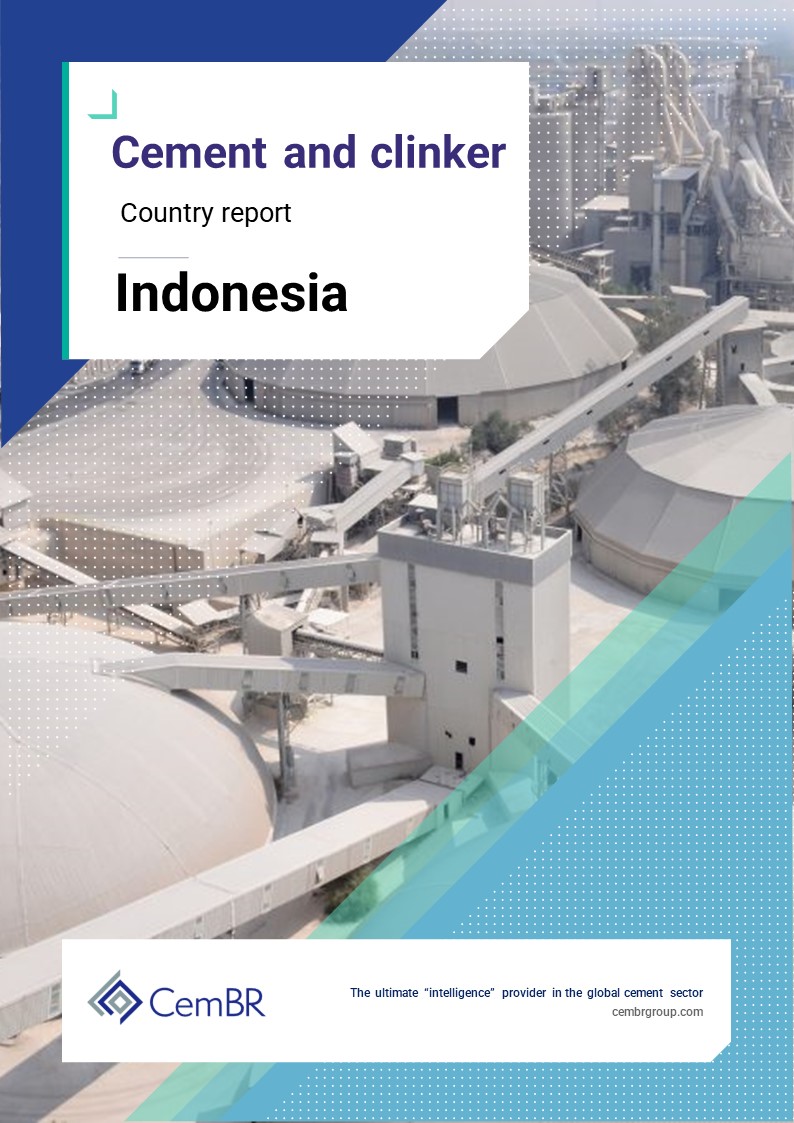EU ETS & Cement – Enter the Phase IV report contents:
Setting the scene:
- Cement and carbon emissions – some basic facts and insights
- EU ETS Phases so far
- How did Phase III fared?
- Phase IV – what does it mean?
- Carbon pricing – “up and up?”
- Carbon Border Adjustment Mechanism (CBAM) – What is it? How can it be implemented? Who may be impacted and how?
- Reference to UK ETS will also be included
Data, analysis, insights, and forecasts:
- Several aggregated factors relevant to the EU ETS members’ past performance and future potential
- Country by country insights and analysis to include:
- Emissions balance at the end of Phase III – 2020 surplus, 2020 number of plants in deficit, 2020 average emissions per tonne of clinker
- Performance vis-à-vis Phase III benchmark – narrative on 2020 performance and data
- Grey clinker consumption profile – 2020
- 2013 – 2025 free carbon allowances
- 2020 – 2025 clinker consumption projections and resultant utilisation rates
- Clinker production profile to match carbon allowances 2021 – 2025 compared to recent clinker production data
- Implications on utilisation rates and trading
- Estimation of carbon costs 2021 – 2025 if recent clinker utilisation rates were maintained, impact on cement pricing
- Average carbon emissions reported by plant 2014- 2018
- Plant by plant data and insights:
- Map with plants and utilisation rates at no further carbon purchases
- Narrative on several topics: alternative fuels, upgrades of plants etc.
- Narrative on issues and potential strategies of individual plants during Phase IV
- NB: The UK will be included in the above sections.
Conclusions would help answer the following questions:
- Which countries look exposed vis-à-vis carbon costs and why?
- Which plants look vulnerable vis-à-vis carbon costs and why?
- What might the strategy of individual players be during Phase IV?
- How important is the carbon issue in Europe going forward?
Our proprietary analytical tools:
Domestic Capacity Utilisation Factor – DCUF™ – Propensity to export / import.
International Trading Assessment Matrix – ITAM™, Capability to export / import.
Capacity Concentration Balance Index (CCBI™). CCBI™ assesses the potential of each cement plant’s theoretical sales to each statistically available region of a national market, taking into account the plant’s capacity and proximity to consumption centres.
Micro-Market Attractiveness Matrix (MAM™). MAM™ examines statistically available regions for their existing and potential growth prospects.
Industry Structure and Dynamics – ISD™ – Nature of Participants, Consolidation Index, Cost Structure and Industry Profitability.
CemBR Ranking Tool – CemBRRT™ – Overall Market Attractiveness Assessment
All CemBR products are sold either with an individual or corporate licence. The type and price for each licence will be displayed in the specific product page.
CemBR products are provided as: in a PDF format, a hard copy, a combination of both or as access to specific databases. Each product will display the format on the specific product page.
All products in PDF format will be sent to an individual email address.

















